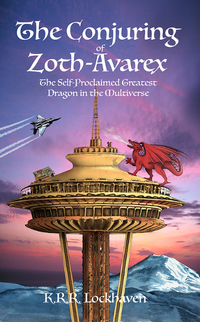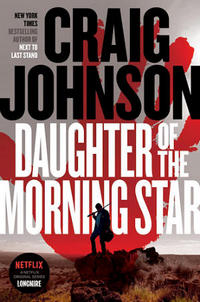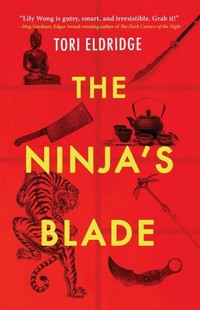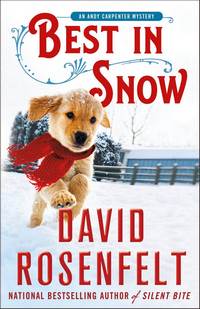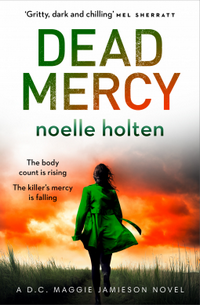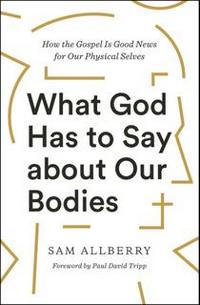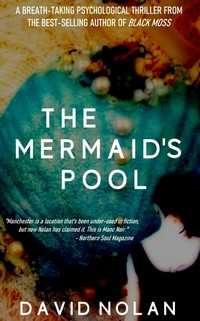 |
The Mermaid’s Poolby David Nolan Kindle Edition, 192 pg. Read: August 20-23, 2021 |

‘Wow,’ the young man deadpanned. ‘Nazi cops. Absolute shocker.’
‘Is that how you see it?’ Smithdown asked.
‘Yes, I do. And it appears that I’m entirely right.’
‘This is the bit when I tell you about a few bad apples isn’t it? About what a great lot we all are – on the whole; just good people doing a tough job as best we can? But under the circumstances, I’m going to say nowt. I don’t know what I know anymore. Or who.’ Smithdown looked around the darkening landscape. ‘I’m a bit lost, to be honest.’
What’s The Mermaid’s Pool About?
The predecessor to this novel, Black Moss, took place in two different timelines—the first was April of 1990. This book takes place two years earlier, and involves (to one degree or another) two of the characters from Black Moss, and shows them starting on the path that leads them to where they were in the second storyline of 2016.
Which is a long-winded way of saying it’s a prequel.
There are (essentially) two separate storylines.
Storyline A
The first involves a missing mother—Naomi’s daughter has been put in children’s care home after her boyfriend slapped her. Soon after this, Naomi’s hand is found by a man walking his dog. Smithdown focuses on the boyfriend as the culprit, but needs to know if Naomi’s still alive, too.
This case takes him to a nearby town where another grizzly discovery has been made—near a lake (subject of many urban legends), a mutilated body has been found.
Storyline B
Immigrants from Bangladesh and Pakistan are being attacked in the night, creating—practically overnight—a spike in racial tensions between the two communities.
As Smithdown and other detectives try to put a stop to these attacks, he starts to believe that there’s something going on that is trying to take advantage of—and is perhaps stoking—this tension as it mounts to near-riotous levels.
So, what did I think about The Mermaid’s Pool?
Of course, it’s not just the two storylines at work—they’re intermingled and there are a couple of more personal subplots involving Smithdown and his family. But let’s keep things simple and pretend that the storylines are hermetically sealed from one another.
In my imaginary world, if you could excise Storyline B; tweak A so it’s not dependent on B; or create an easier-to-believe B, and keep the personal subplots—you’d have yourself a winner. Most of B is great—but at a certain point, it just jumps too far and I can’t buy it. I’ve seen similar things tried by other authors—Robert B. Parker and Rob Parker jump to mind.*
* I’m at a loss for other examples at the moment, but Nolan’s not the first non-Parker to try.
That said, while I had checked out on that story working for me as soon as I saw where Nolan was going—I was gripped by it. How was he going to pull off a satisfying resolution while balancing the smaller story of one presumed-dead woman in the middle of this? I was on the edge of my seat and rolling my eyes simultaneously.
And it’s a shame I felt this way because, underneath all of this, Nolan was painting a gripping picture about hate—hate in many varied forms—and how that hate can shape and harm a community, how it can corrupt noble institutions, and twist individuals of all backgrounds. And I was too distracted to be able to spend as much time musing on that as I think I should have.
Is there some light in all of the hate? Some hope? Yes, some. But as with Black Moss, Nolan makes you hunt for it. Maybe so you value it more.

This post contains an affiliate link. If you purchase from it, I will get a small commission at no additional cost to you. As always, opinions are my own.
![]()


